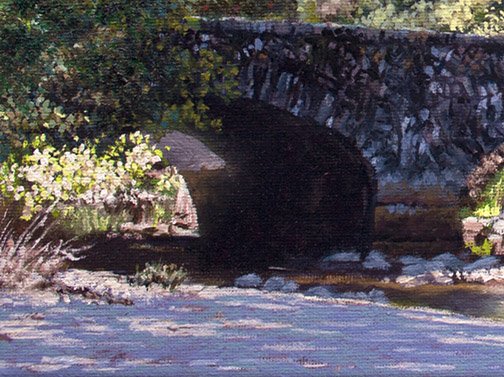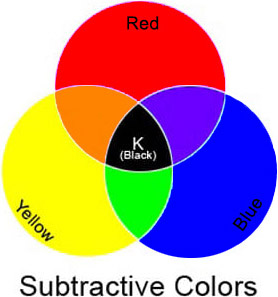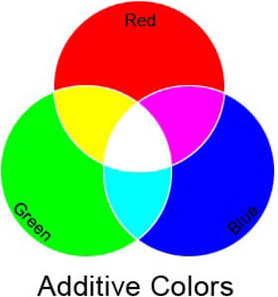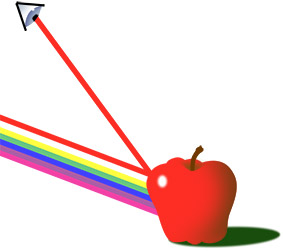
One of the most difficult concepts for artists to understand or accept, I find, is color theory. It’s a tough buy-in to ask of anyone who’s been taught all their lives that the primary colors are red, blue and yellow (subtractive color) and that when these 3 are combined, a murky black is the result, to now understand, that with light (additive color), the primary colors are red, blue and green and, when combined, result in white. It doesn’t seem possible!


An extension of that reluctance of acceptance is the fact that shadows on an object are not just darker versions of the color of that object in light, but, in fact, completely different colors. For example, a red apple’s shadows are actually some form of green, not just a darker red. The consequence of this lack of acceptance is artists just adding black to colors to create shadows, resulting in myriad, otherwise beautifully executed, paintings continuing to exhibit dull, dirty, lifeless shadows.

In hope of convincing those holdouts, let’s quickly review how the eye perceives the color of elements in the world. Clean white light is the resulting combination of all colors in the light spectrum. All colors in the light spectrum being those we see, when this white light is refracted, then reflected by a Prism or in a Rainbow. The various subjects we encounter in the world don’t actually have a color, per se. Instead their molecular make-up either absorbs the various colors of the light spectrum or reflects them off the surface of the subject and back to our eyes. So, when you perceive an apple as red, you’re doing so because that apple could not absorb red colored light and reflects that light back to your eyes. All other colors in the light spectrum (blue, purple, green, yellow, etc.) are absorbed by the apple. In the case of shadows, direct light is blocked, in turn, the light color being bounced back to our eyes is also blocked, leaving a combination of all remaining colors of light in the shadow. Confusing? Yes, but there’s a simpler way to remember this!

The color wheel is one of the most important tools in an artist’s paintbox. Among other things, it’s your simple guide to the color in shadows. As it turns out, the shadow color of any given color is its compliment. Take the primaries red, blue and yellow. Yellow’s compliment is violet. Remember our discussion above, stating the shadows of any given color are a combination of all the remaining colors in the color spectrum? Well, those astute readers out there have likely already realized that yellow’s compliment, violet, is the combination of the two remaining primary colors, red and blue. The color wheel makes calculation unnecessary and locates each color’s compliment directly across from it on the wheel.
While there are other factors involved in determining the final color of a given shadow, like value, nearby reflected color, color of the surface on which the shadow falls, etc., knowing the base color of shadows, moves you away from black and assists you in using your eyes to determine what’s really there before you.
Carry a small color wheel around with you, use it diligently to help determine color in shadows and you’ll find, in a very short time, that you have it memorized. Your shadow depth will increase and your paintings become more lively!

Really neat blog. I love the part about blue, green and red making white. Didn’t know that. And the shadows can get so complicated, with surfaces and all.
Thank you for the information!
Thanks, Sharon. You’re welcome! We can answer any questions you may have about this in the workshop.